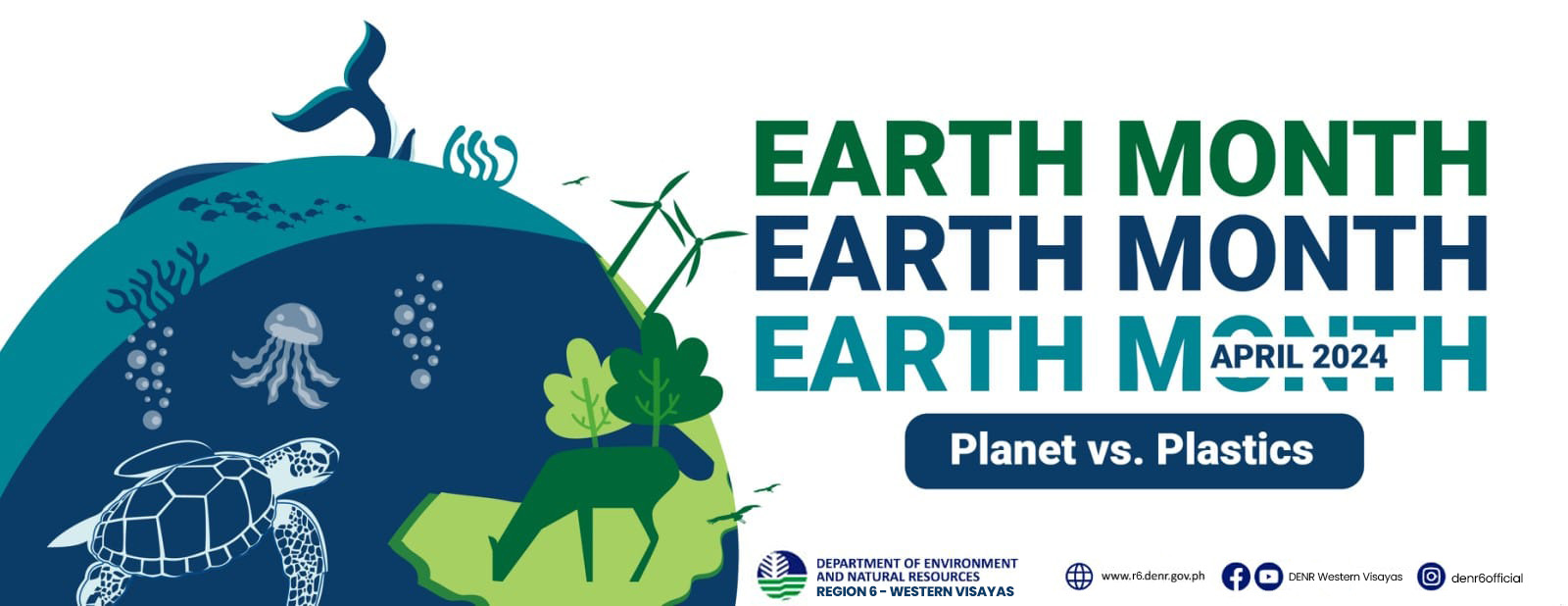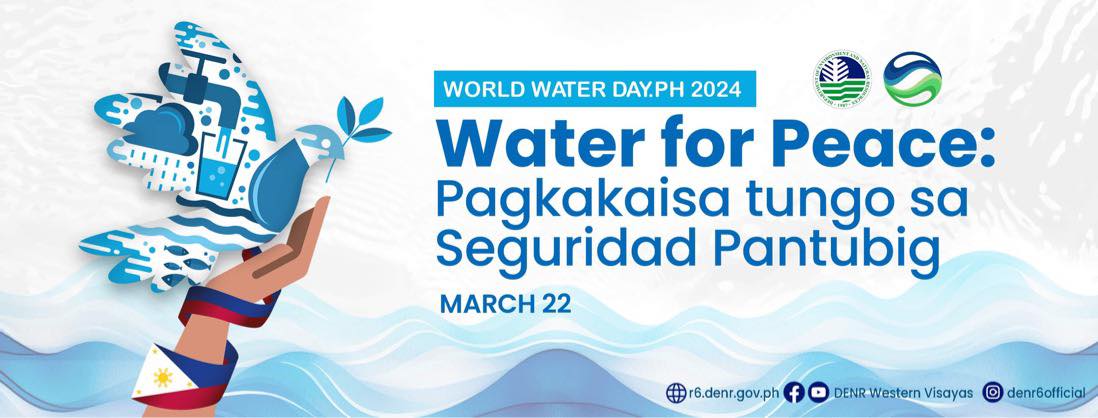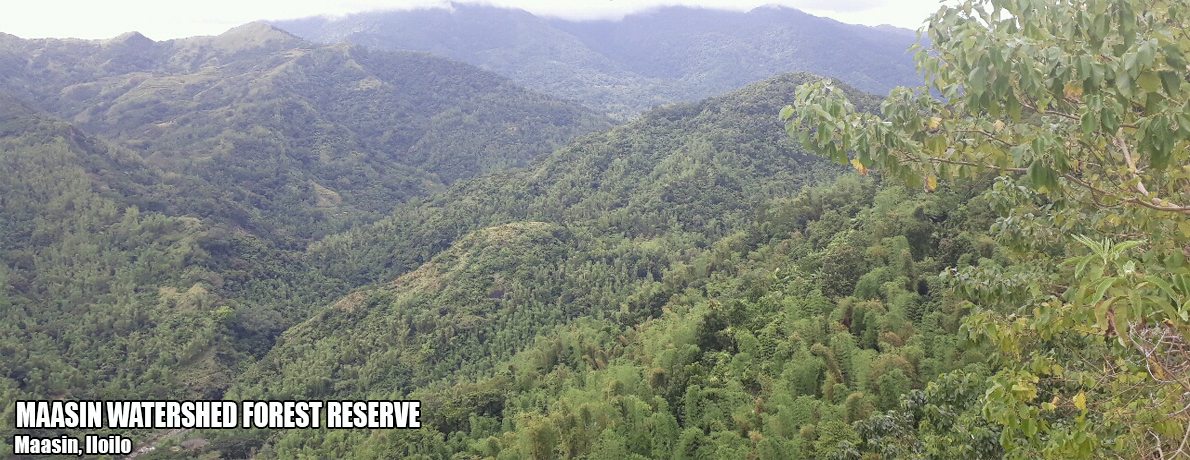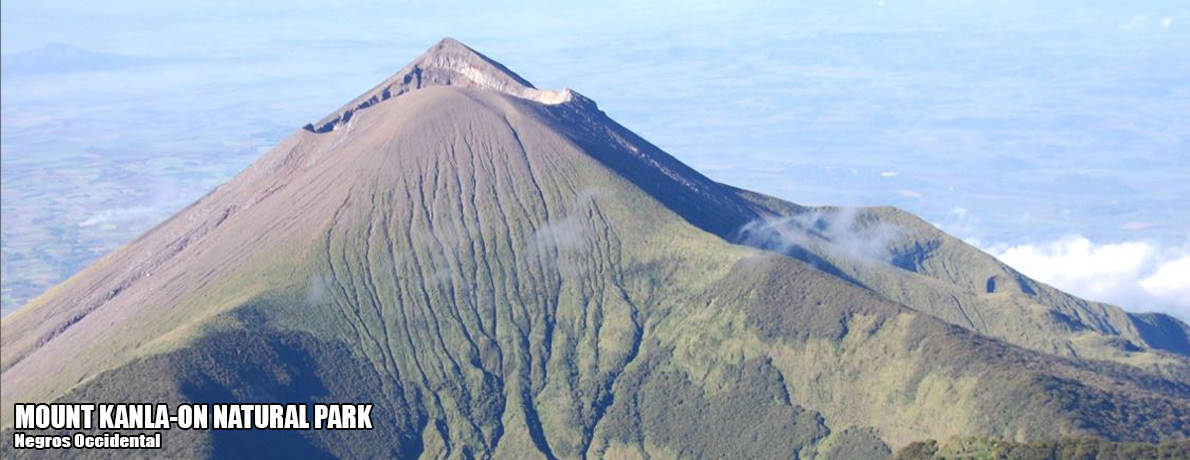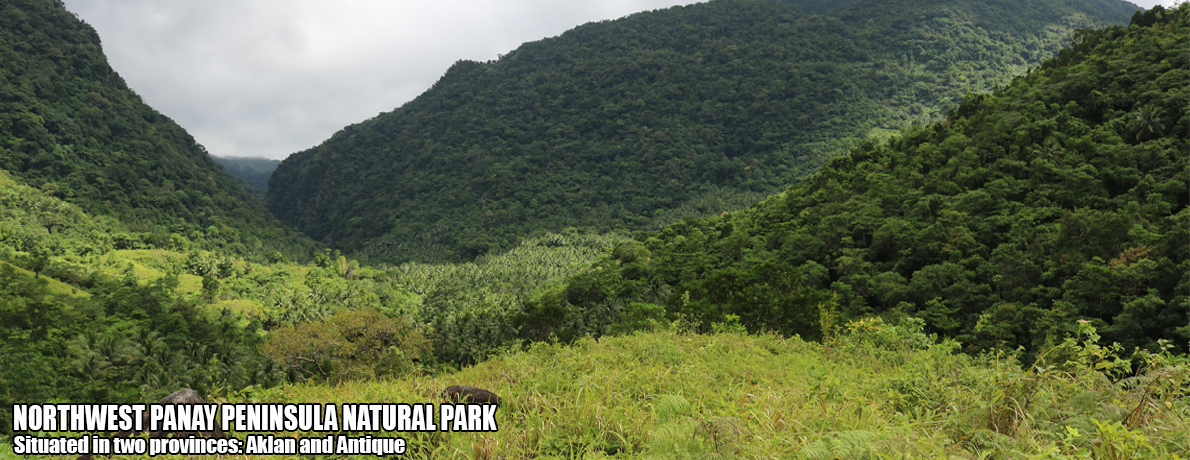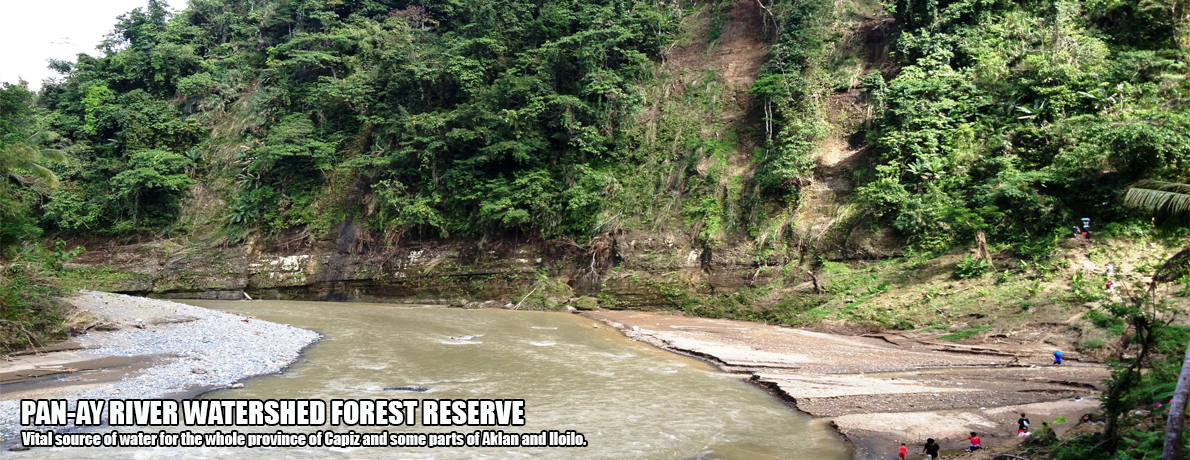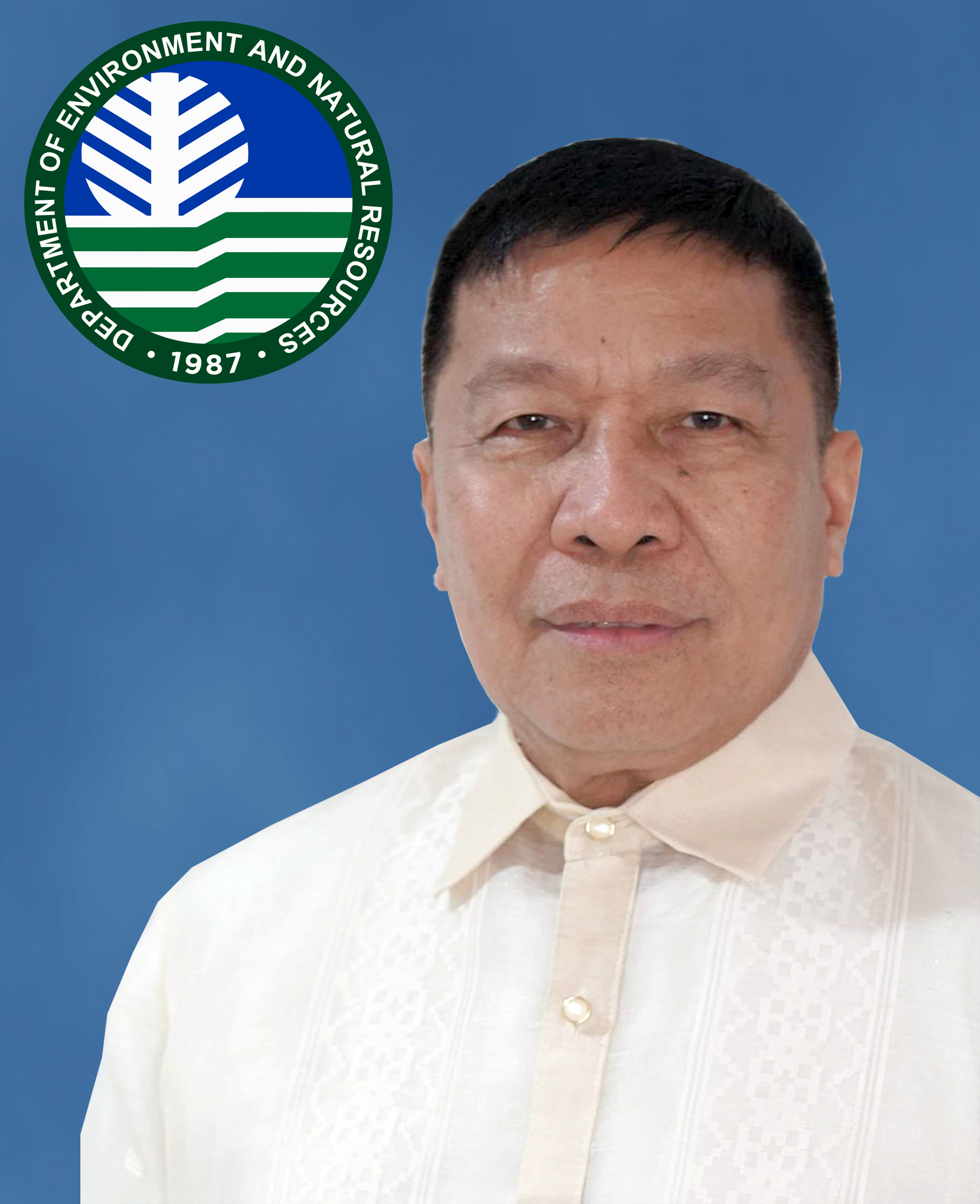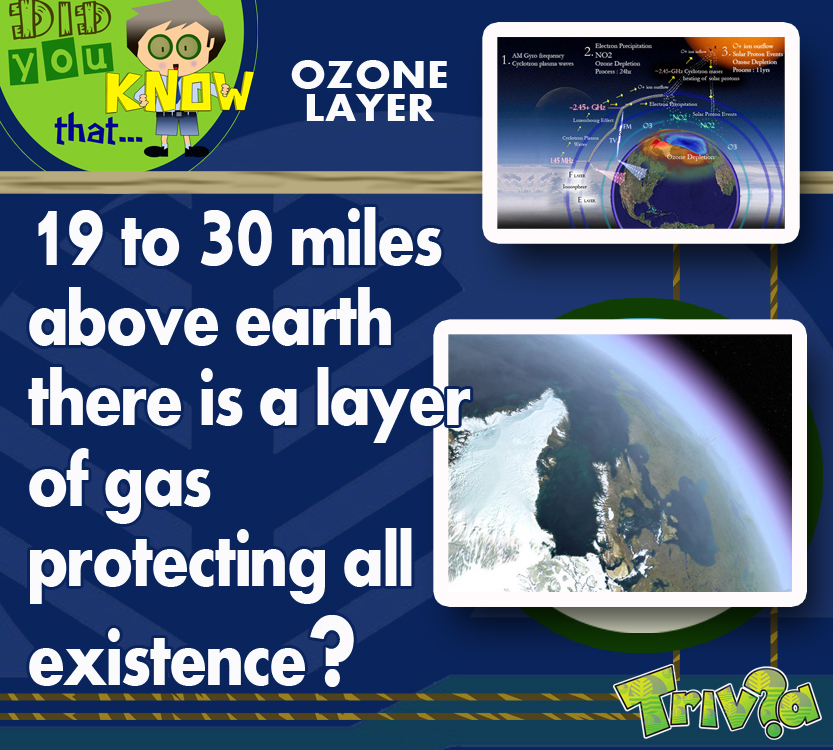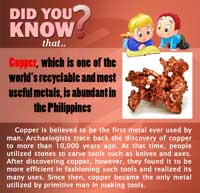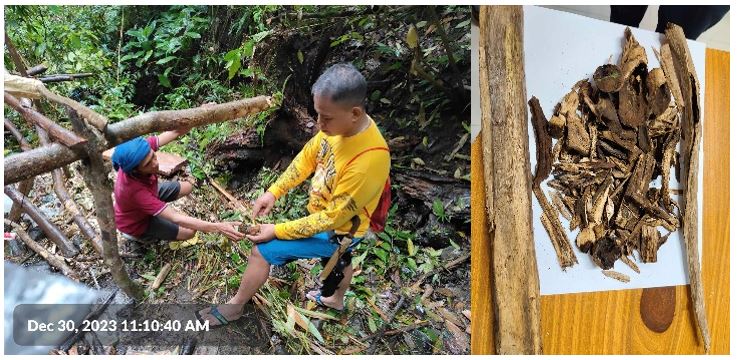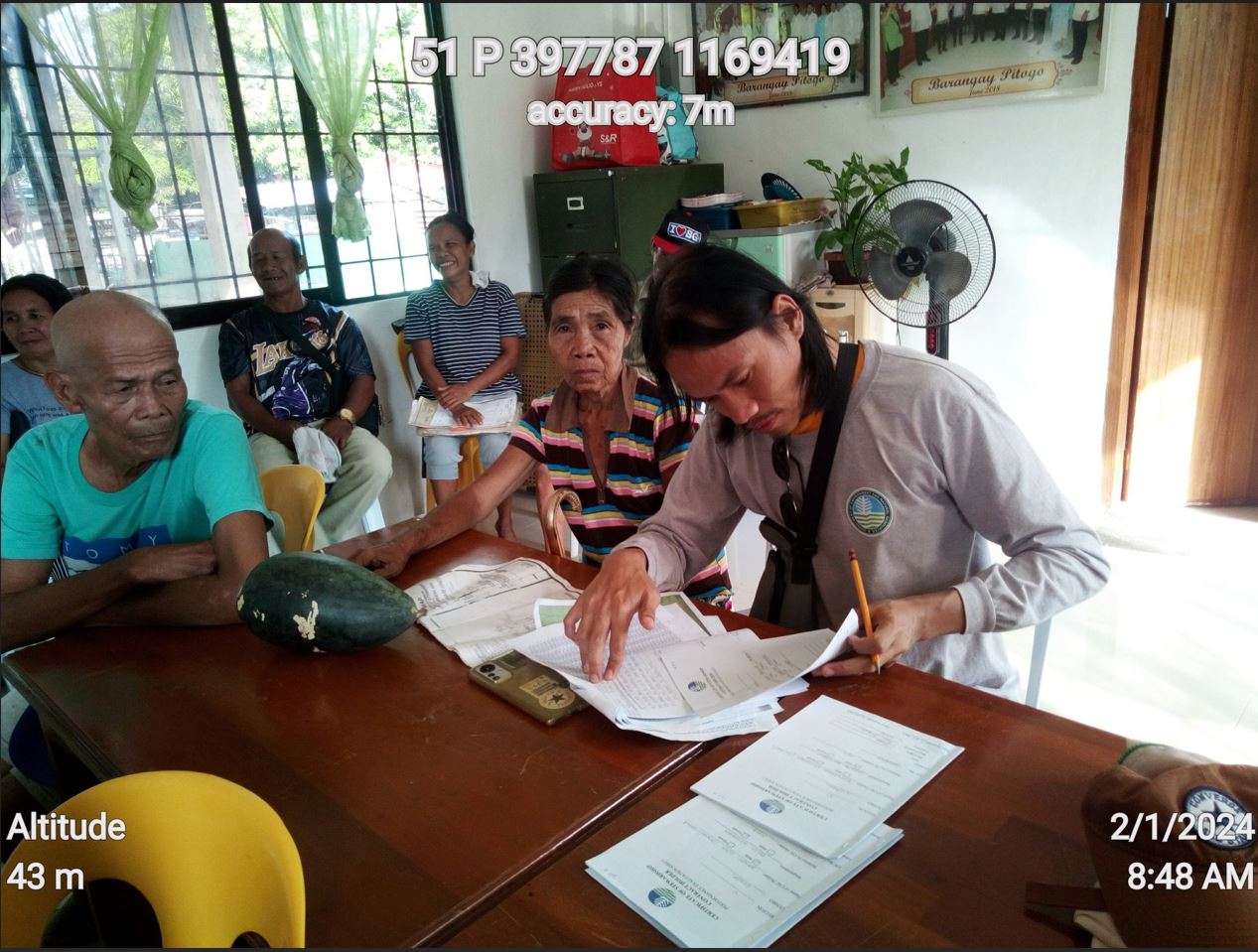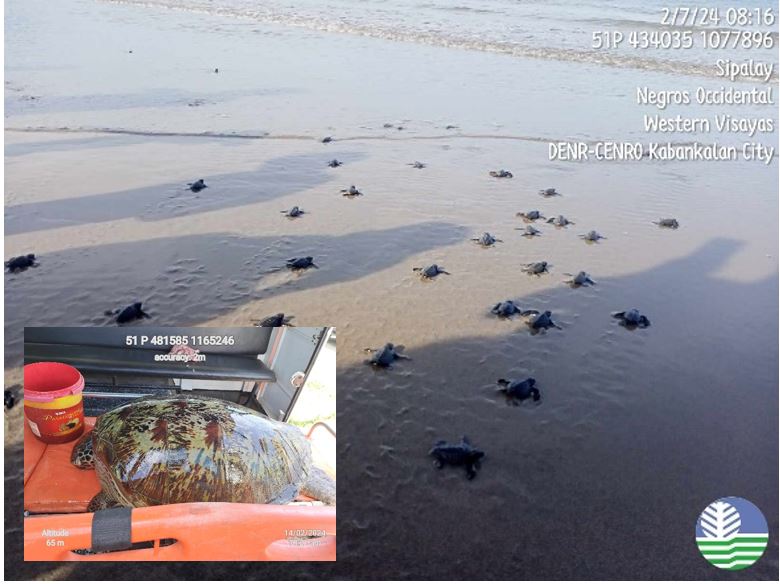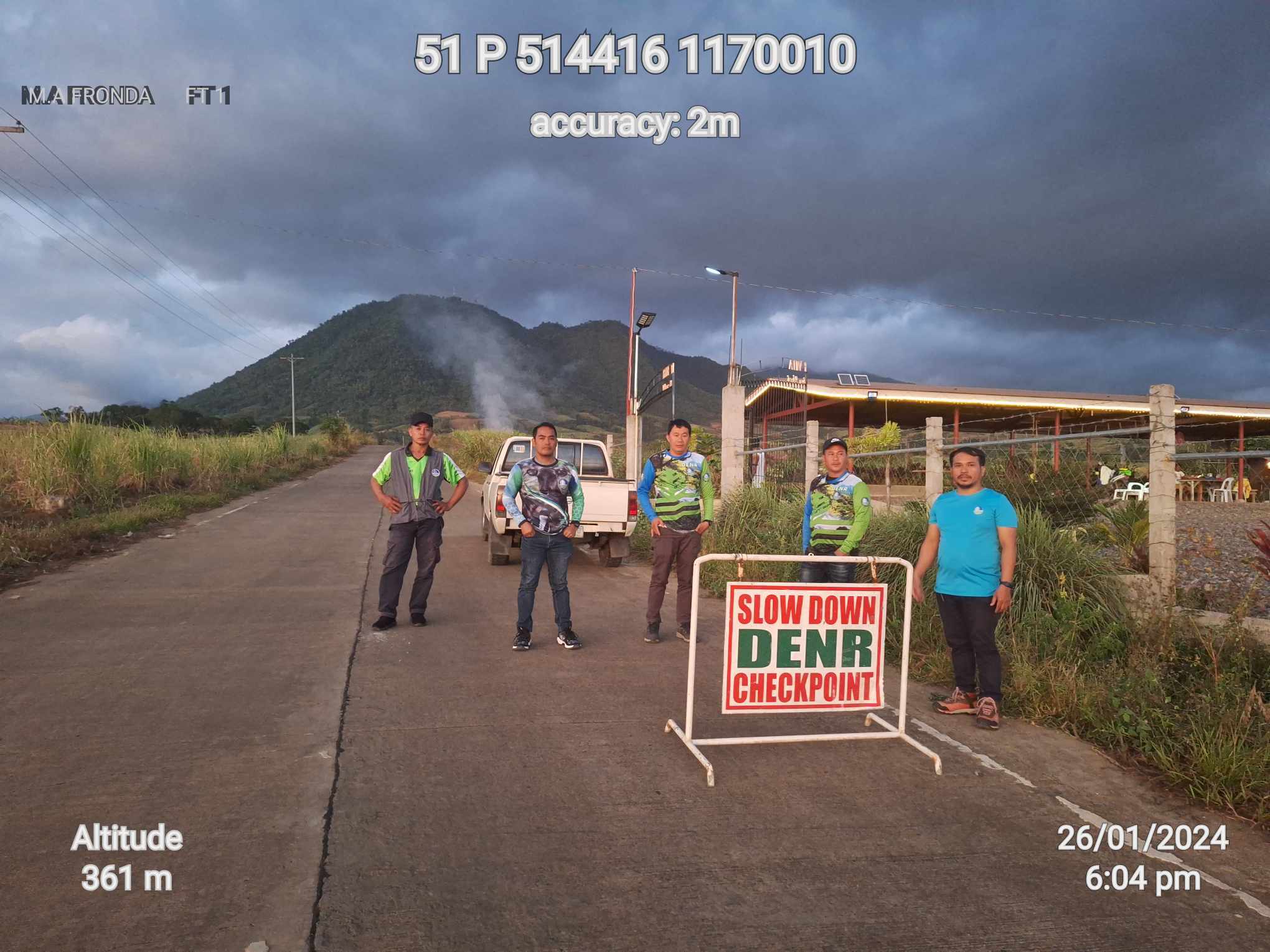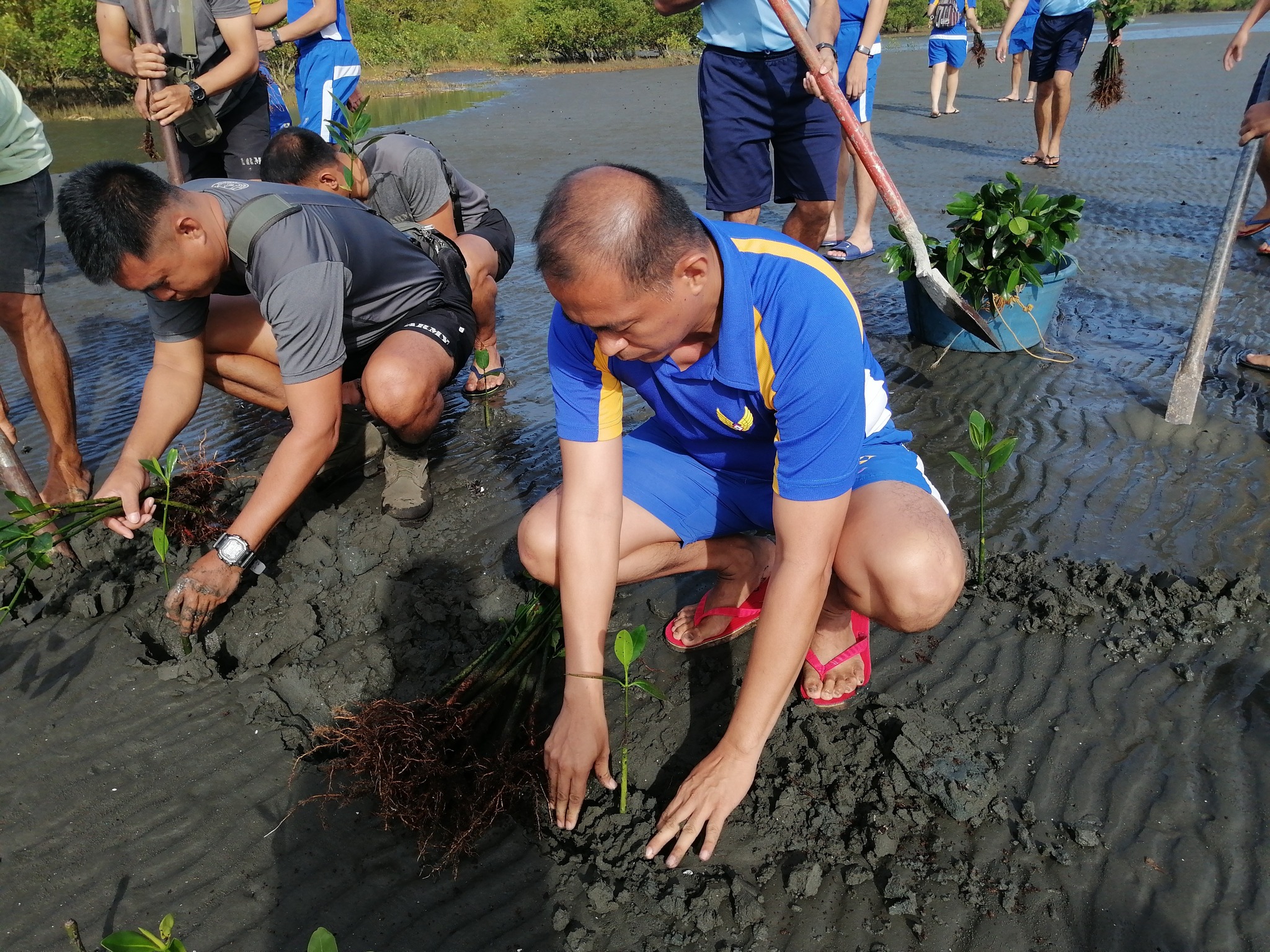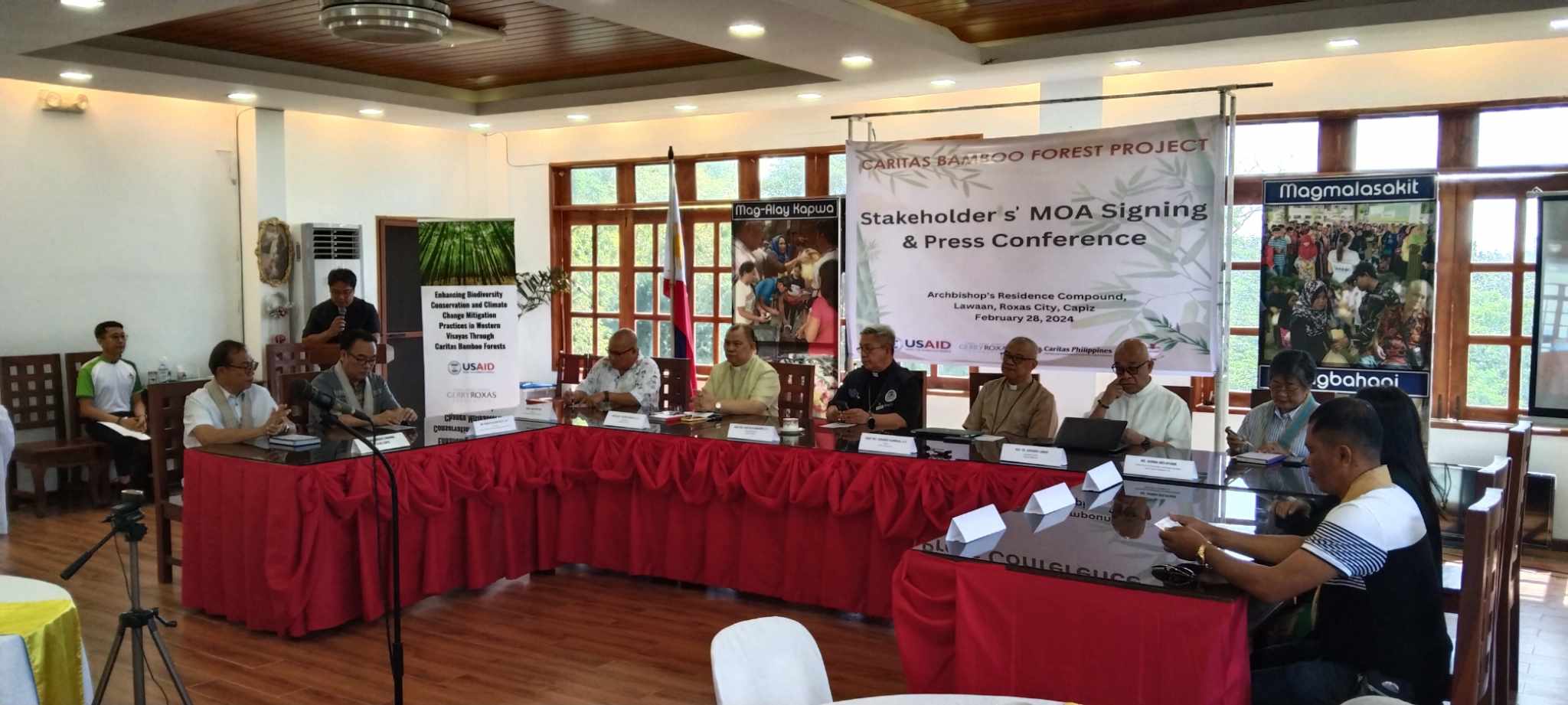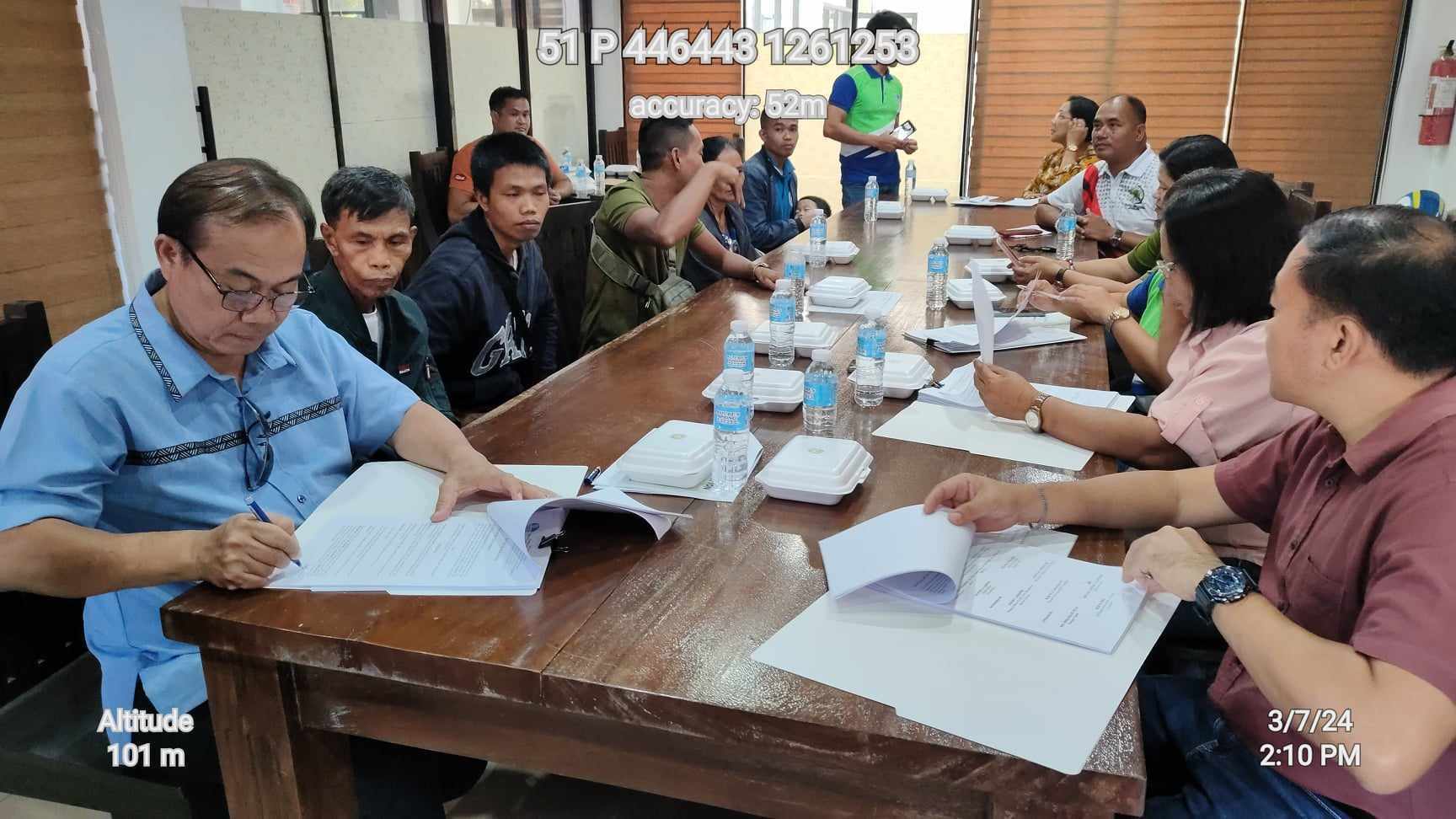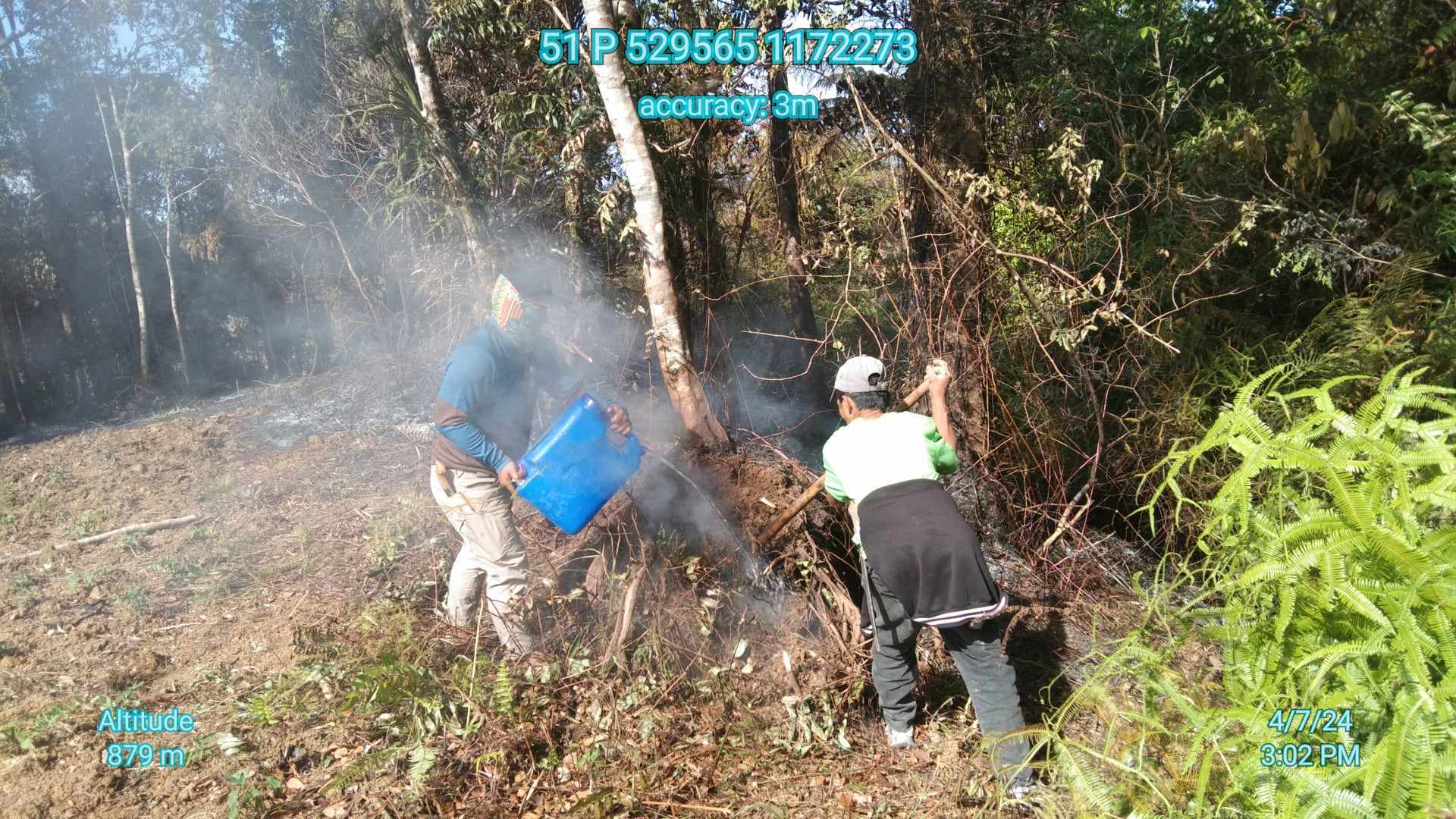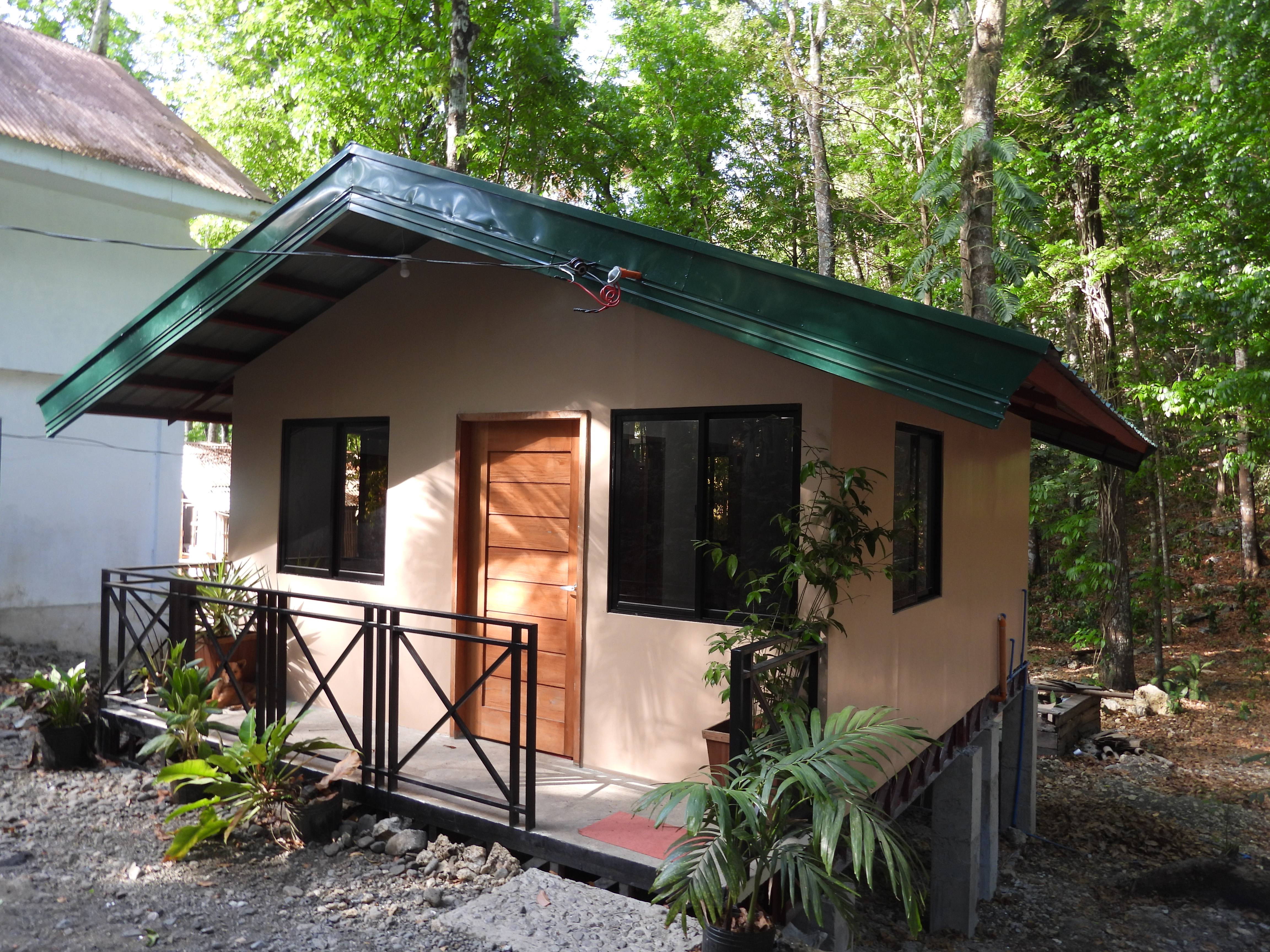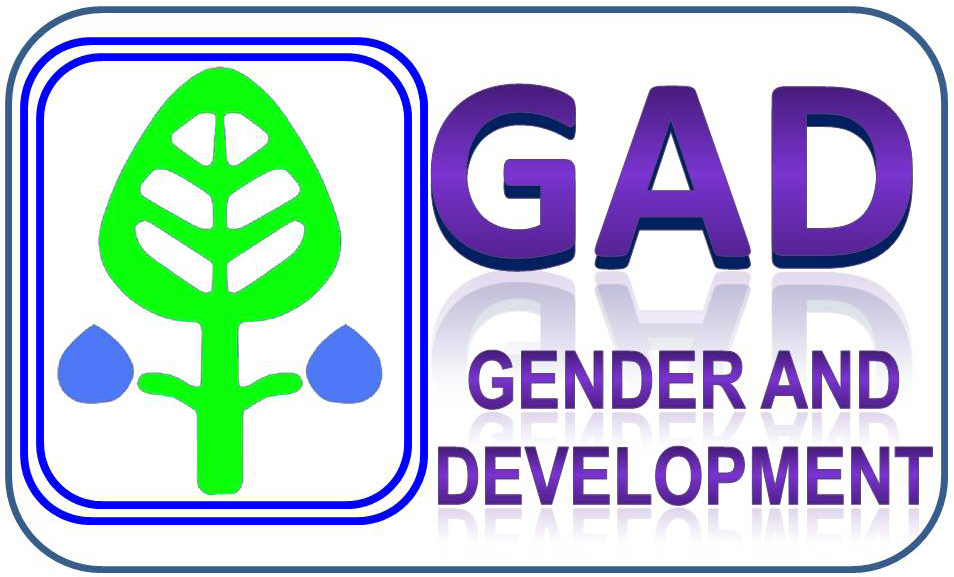Environment Secretary Ramon J.P. Paje signed the landmark international climate agreement reached in Paris last December during a high-level signing ceremony held on April 22 at the United Nations headquarters in New York City.
The signing ceremony for the Paris accord took place on the first day the agreement was opened for signature, which coincides with the global observance of Earth Day.
The agreement was adopted by 196 countries that participated in the 21st Session of the Conference of the Parties to the U.N. Framework Convention on Climate Change in Paris, France on December 12, 2015.
Paje, who led the Philippine delegation to the signing ceremony, was designated and authorized by President Benigno Aquino III to sign the agreement for and on behalf of the Republic of the Philippines by virtue of a Special Authority dated April 7, 2016.
He also delivered the Philippine statement in which he appealed to other nations to immediately work toward reducing their greenhouse gas (GHG) emissions and not wait for the Paris climate accord to come into force in 2020.
“Our contribution to the global problem that is climate change is admittedly a droplet in the well, but streams, lakes and oceans are all composed of mere droplets. We cannot do this alone,” Paje told world leaders who attended the event.
“Climate change will only be solved through the concerted efforts of all countries. We strongly urge that all countries build upon our momentum from Paris and work together towards full implementation of the agreement,” the environment chief added.
Paje said the Philippines signed the deal in the hope that all 196 countries who adopted it last December will begin the implementation of their respective intended nationally determined contribution (INDC).
INDC is a long-term commitment of a country to curb its GHG emissions, identifying among others its climate mitigation and adaptation actions that will be implemented beyond 2020.
Under its INDC submitted to the UNFCCC in October last year, the Philippines committed to reduce its carbon emissions by 70 percent by 2030, which will come from the energy, transport, waste, forestry and industry sectors.
“The Philippines, a highly vulnerable developing nation, has already taken step forward and has made its positions and commitment to immediately pursue national actions to address climate change through our INDC,” Paje said.
He said that while the country has one of the most ambitious national targets, the full implementation of its contribution to global action “requires grant-based support in the form of adequate, predictable and sustainable financing.”
However, despite financial constraints, Paje said the Philippines still managed to demonstrate its commitment of meeting its goal by starting the implementation of its National Climate Action Plan and the integration of climate change in national and local development plans and budgets.
“To secure a sustainable future, the Philippine government is pursuing value-added strategies to ensure the provision of ecosystem services and green growth strategies to address pollution and environmental degradation, including increasing our renewable energy capacity in the coming years,” Paje said.
He said the country also started investing in a climate resilient economy by incorporating the UN’s 17 sustainable developmental goals in its development and strategic plans and program.
“In the Philippines, we have been actively pursuing definitive actions through the convention and have recently submitted our Articles of Accession to the Doha Amendment to the Kyoto Protocol,” Paje pointed out.
According to Paje, the country’s GHG inventory management and reporting system among national agencies and partner institutions are already being established to create a transparent, accurate, complete and comparable baseline of emissions. ###
- Details
-
Published: 22 April 2016

